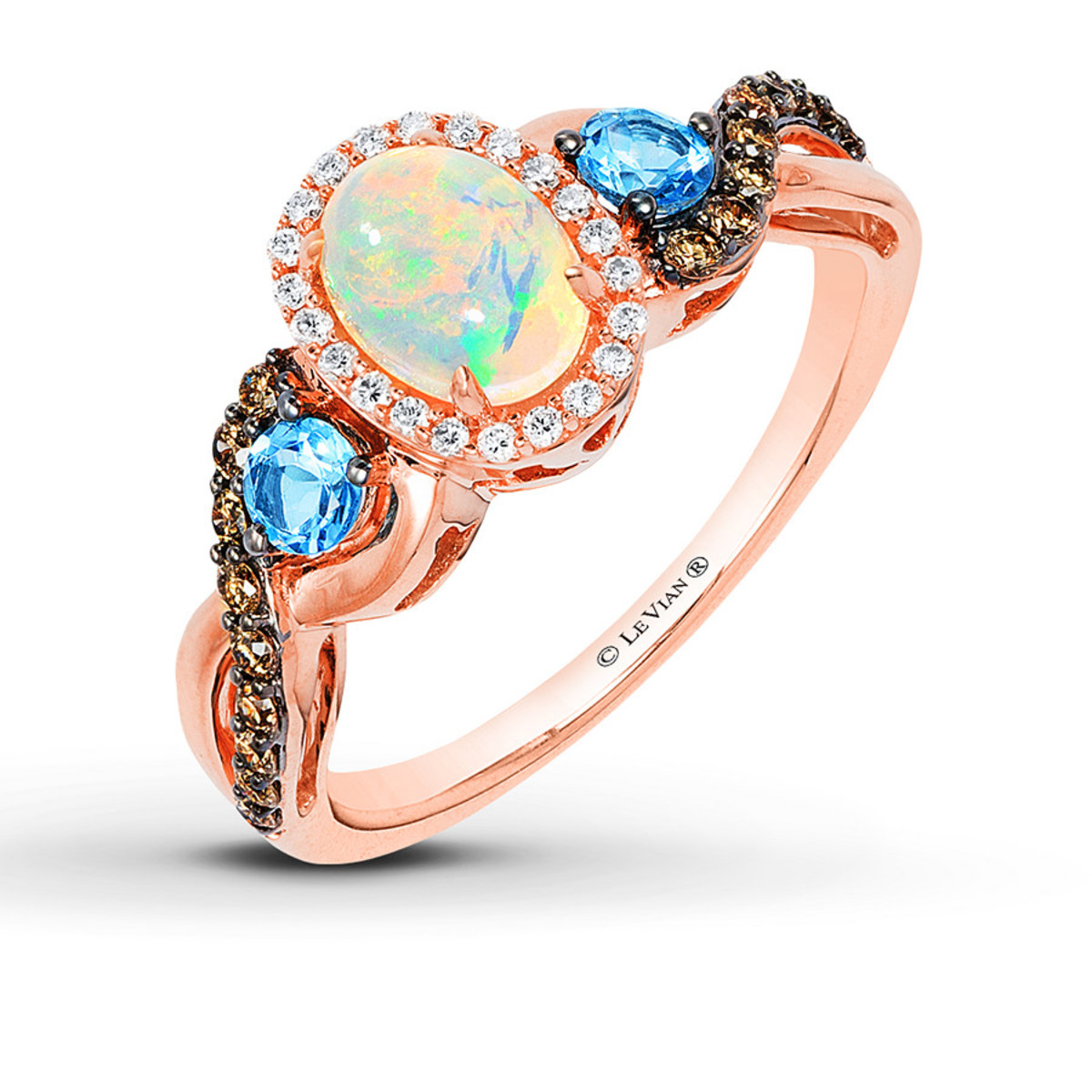A Brief History of the Engagement Ring

The engagement ring has long been a representation of unity and love. Although it is now common for a bride to be presented with a ring for her engagement, this was not always the case.
The convention dates back to the Egyptians. Wedding rings and bands encrusted with precious stones are featured in ancient hieroglyphics on walls and in tombs of ancient Egypt. The Egyptians would secure the ring on the fourth finger of the left hand (ring finger) of the betrothed as they understood that this finger was the “vena amoris”, or the vein of love, which was thought to connect to the heart. The custom carried over to the Greeks and Romans. “Betrothal rings” or truth rings made of iron were given by men to their fiancée’s to show their plan to get married.
Rings were used to symbolize the unification between two people in the middle ages as well. Less affluent people would use Fede or faith rings to represent their union. Fede rings were typically in the form of two clasped hands. During this time the church gained curiosity in the idea of wedding bands. In the ninth century Pope Nicolas made a gold ring a prerequisite for any groom to present to his fiancée as a gesture of the grooms ability to take care of his wife as well as a sign of prosperity. Pope Innocent III made a comparable requisite in 1215 when he declared that rings could consist of unlike metals, including iron and silver, and should be given and worn through longer engagement periods.
The initial diamond engagement ring was not seen until the 13th century AD when Archduke, Maxamillian of Austria gave his betrothed, Mary of Burgundy, a diamond engagement ring. At the time, diamonds were honored for the magical powers they possessed including purity, fidelity and love. Diamonds did not become a popular stone for engagement rings until the 19th century when diamond deposits were found in Kimberly, South Africa. After the “diamond boom” diamonds became more available for the everyday man or woman and not just royals. With this downpour of diamonds on the market came new cutting techniques and jewelry designs giving brand new brides-to-be a extensive collection of diamond engagements rings to choose from.








